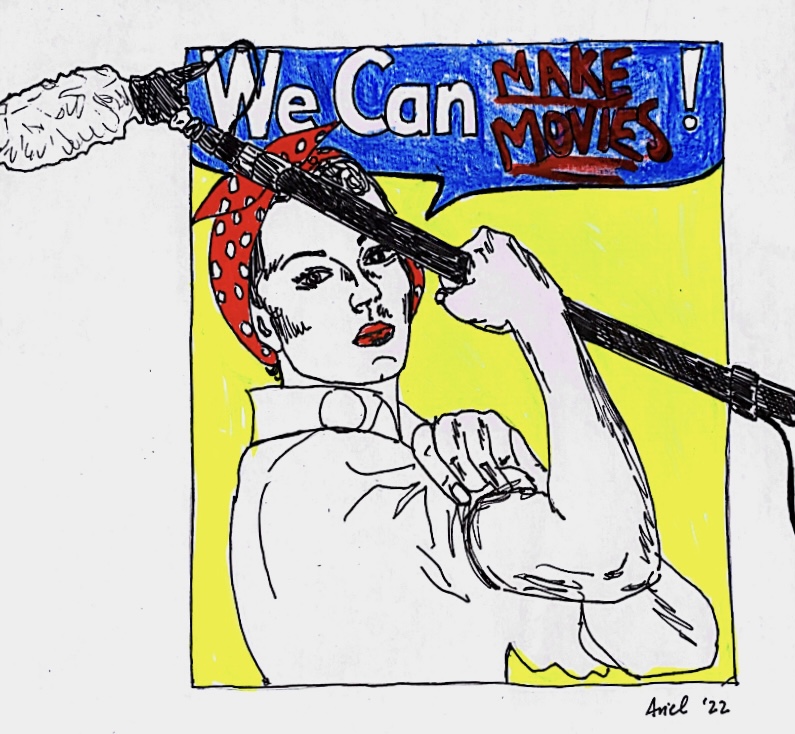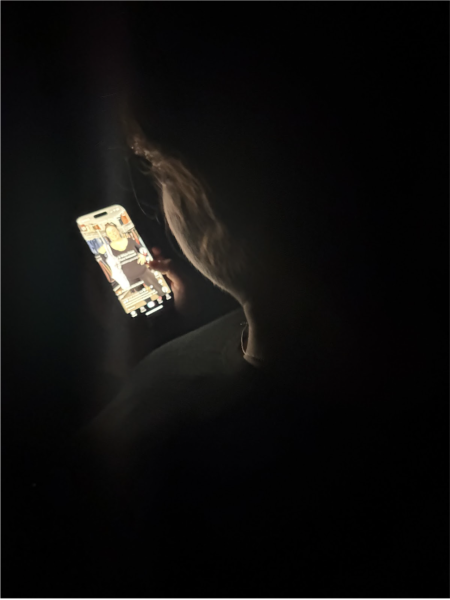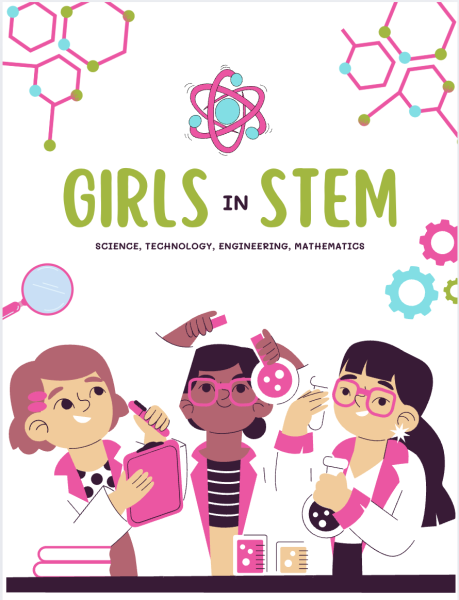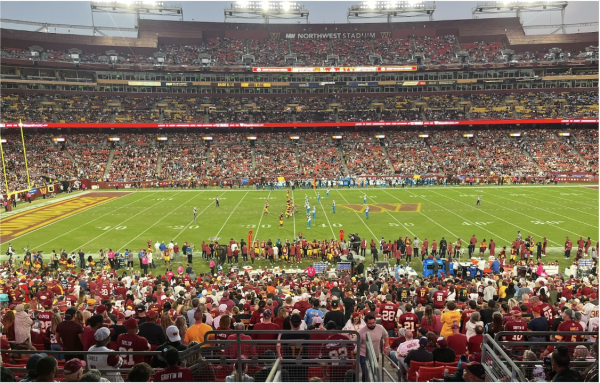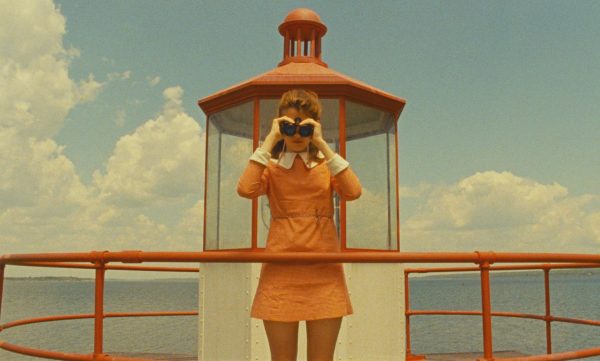Fake feminism: cut!
The new “pink wave” of cinema is not all it is cut out to be
Her hair flows in the wind. She stands tall, strong, beautiful and a killer. No man can stand in her way. She does not work a nine-to-five. She does what she wants, when she wants. This is what many consider a feminist protagonist. However, this image of a woman lacks any sense of reality and is the fatal flaw in the “pink wave” of cinema. Feminism in movies is represented as something almost unattainable, meaning there is no real representation present. Even more, most movies dubbed “feminist” center almost entirely around gender.
Let us first define feminism. According to Brittanica, it is “the belief in social, economic, and political equality of the sexes.” Simply put, feminism asks only for exact equality in men and women’s rights, nothing more or less. Many so-called “feminist” films make the mistake of portraying men as less-than, which takes a step back rather than a step forward. Some examples I can call out are “Birds of Prey” (2020) and perhaps even “Promising Young Woman” (2020). It feels like these female leads are just shells of people created to “empower” women, but really just point out the flaws in men or create unrealistic expectations for women themselves.
Take “Wonder Woman” (2017), an obvious example of a caricature of a woman. It is important for there to be female superheroes, but Wonder Woman does not have much depth or complexity to her character, undoubtedly less than males of the genre. Not only that, but she is genuinely flawless in the film. Watching a model kill bad guys on screen is not empowering, it is ineffective.
Feminism—or just the existence of a female main character—does not need to be in the audience’s face. We need to tell the stories that are rarely told—such as those of women with real issues—which to me is one of the most important aspects of filmmaking. True feminism is subtlety. It is creating a flawed and layered woman, as complex as most of the male characters we see on screen.
The only way to reach true equality in film is to show the everyday life of a woman. To show all the things that men have experienced in cinema, but from her perspective. The movie does not have to be about her being a woman. In fact, it is preferable that it is not the whole plot. She happens to be female, and the rest is simply her story as realistically impacted by her gender.
We are beginning to see more of this and less of the bold “let’s make an all-female cast for the heck of it” remakes, such as “Ghostbusters” (2016) and “Ocean’s 8” (2018). Which were both terrible, by the way. Many of these male-directed films that claim female empowerment are really just cop-outs. They almost make me feel as if studios are throwing us a bone here and there to quell us, “look at her go! It’s amazing because she’s a woman.”
Of course, it is important to show the plight of being female, but as crucial as movies like “On the Basis of Sex” (2018) are, it is equally as important to show women in the regular instances men are shown in. We can do all the same things, and most of us do. I genuinely struggled creating a list of movies with complex female leads, and many of them are not blockbusters or very popular by any means. We need more movies like “Ladybird” (2017) and the recent release “The Worst Person in the World” (2021), both of which portray a deeply flawed woman who is, most importantly, relatable.
The industry has no excuse. Movies with female leads do not necessarily make less money, “Incredibles 2” (2018) is a strong example. It did not suffer financially by any means, bringing in $1.24 billion worldwide. There is a market for these films! Yet, the falling numbers continue to astound. The percentage of women directing top-grossing films declined in 2021, according to the Celluloid Ceiling Report from San Diego State University. Women made up 12% of directors working on the 100 top-grossing films in 2021, down from 16% in 2020. The report also found that major female characters experience “a precipitous drop” from being in their 30s to their 40s – falling from 31% of the roles to just 13%.
The power of film is that it allows people to feel seen, but those people are more often than not white men. Women need to see themselves reflected on screen—who they actually are. Sexism is not the only problem women experience. We do not just need to be strong. We can be vulnerable too, and that should be reflected in what we watch. We do not need to overcompensate for anything. The goal is for no one to even blink an eye at the sight of a female-laden cast or a female protagonist. We think of these as “feminist movies” when they should really just be “movies.”


